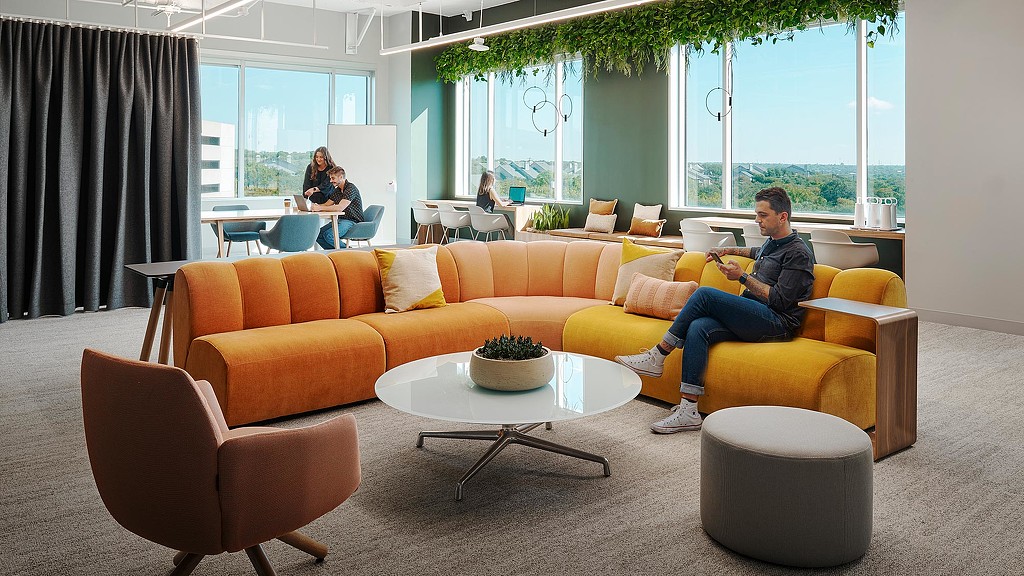Emerson-NI Pilot Program
Austin, Texas
Emerson-NI, a 45-year-old company that creates automated test equipment and virtual instrumentation software, is working with Gensler to renovate its workplace campus in Austin, Texas. In an era of choice, its goal is to make the office the best place to work for its employees, as well as to help attract and retain the next generation of talent. Prototyping and testing is integral to Emerson-NI’s work and culture — and the process is just as important as the end product. Taking those cues, Gensler worked with Emerson-NI to launch a pilot program to test hybrid working concepts with its employees. Data from the hybrid work pilot program will be used to inform the final workplace design, furniture set up, and programming for Emerson-NI’s optimized workplace campus.







